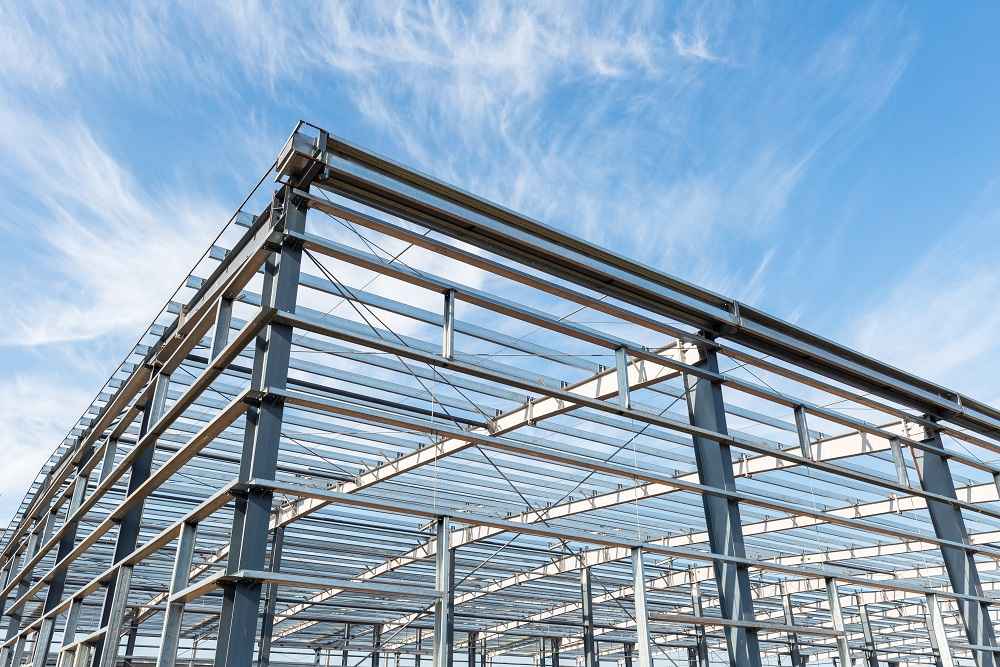Structural steel inspection is a critical aspect of ensuring the safety, reliability, and longevity of infrastructure projects across various industries, including construction, manufacturing, and transportation. In this article, we delve into the importance of structural steel inspection, its methodologies, and its applications in the realm of STEM (Science, Technology, Engineering, and Mathematics).
Importance of Structural Steel Inspection
1. Safety Compliance
Structural steel inspection is essential for ensuring compliance with safety regulations and building codes. By conducting thorough inspections of steel structures during fabrication, erection, and maintenance phases, engineers and inspectors can identify potential defects, structural weaknesses, and non-compliance issues that may compromise the safety and integrity of the structure.
2. Quality Assurance
Quality assurance is a key aspect of structural steel inspection. By inspecting steel materials, welds, and connections for defects such as cracks, corrosion, and dimensional inaccuracies, inspectors can verify the quality of construction and ensure that the steel components meet the required quality standards and specifications. This helps prevent structural failures, costly rework, and project delays.
3. Performance Optimization
Structural steel inspection plays a vital role in optimizing the performance and durability of steel structures. By identifying potential issues early in the construction process, engineers can implement corrective measures to address design flaws, welding defects, or material deficiencies, thereby enhancing the performance and longevity of the structure.
4. Risk Mitigation
Conducting regular structural steel inspections helps mitigate risk associated with structural failures, accidents, and liability issues. By proactively identifying and addressing potential hazards and structural deficiencies, project stakeholders can minimize the likelihood of accidents, injuries, and legal disputes, thus protecting both human lives and financial interests.
Methodologies of Structural Steel Inspection
1. Visual Inspection
Visual inspection is the most common and fundamental method of structural steel inspection. It involves visually examining steel components, welds, and connections for signs of damage, defects, or corrosion. Inspectors use visual aids such as magnifying glasses, borescopes, and mirrors to access hard-to-reach areas and inspect weld quality, surface condition, and dimensional accuracy.
2. Non-Destructive Testing (NDT)
Non-destructive testing techniques such as ultrasonic testing (UT), magnetic particle testing (MPT), and radiographic testing (RT) are used to evaluate the integrity and quality of structural steel without causing damage to the material. These techniques allow inspectors to detect internal flaws, discontinuities, and material defects that may not be visible to the naked eye.
3. Load Testing
Load testing involves subjecting structural steel components to mechanical loads to assess their load-bearing capacity, deflection, and structural performance. By applying controlled loads to steel beams, columns, and connections, engineers can evaluate their response to various loading conditions and ensure that they meet the required design specifications and safety factors.
4. Corrosion Monitoring
Corrosion monitoring is crucial for assessing the integrity and durability of structural steel in corrosive environments such as marine structures, industrial facilities, and bridges. Inspectors use techniques such as electrochemical corrosion monitoring, coating thickness measurement, and environmental monitoring to detect and quantify corrosion rates, identify corrosion hotspots, and implement corrosion control measures.
Applications of Structural Steel Inspection in STEM
1. Civil Engineering
In civil engineering, structural steel inspection is used to ensure the safety and reliability of bridges, buildings, and infrastructure projects. Engineers conduct inspections during construction, renovation, and maintenance activities to assess structural integrity, detect defects, and prioritize repairs and maintenance efforts.
2. Manufacturing and Fabrication
In manufacturing and fabrication industries, structural steel inspection is critical for ensuring the quality and compliance of fabricated steel components. Inspectors verify the accuracy of welds, dimensions, and material properties to meet design specifications and industry standards.
3. Oil and Gas Industry
In the oil and gas industry, structural steel inspection is essential for ensuring the integrity and reliability of offshore platforms, pipelines, and processing facilities. Inspectors conduct inspections to detect corrosion, weld defects, and material degradation caused by harsh operating conditions.
4. Transportation Infrastructure
In transportation infrastructure projects such as railways, highways, and airports, structural steel inspection is crucial for ensuring the safety and performance of steel structures such as bridges, gantries, and signage. Inspections help identify defects, fatigue cracks, and corrosion damage that may compromise structural integrity and public safety.
Conclusion
In conclusion, structural steel inspection is a fundamental aspect of ensuring the safety, reliability, and performance of steel structures in various industries. By conducting thorough inspections using visual, non-destructive, and load testing techniques, engineers and inspectors can identify defects, assess structural integrity, and implement corrective measures to mitigate risk and ensure compliance with safety and quality standards. Whether it’s ensuring the safety of bridges, optimizing the performance of offshore platforms, or maintaining the integrity of industrial facilities, structural steel inspection plays a crucial role in safeguarding infrastructure and protecting public safety in the dynamic world of STEM.


